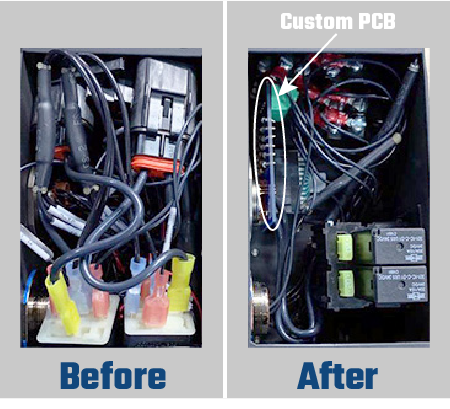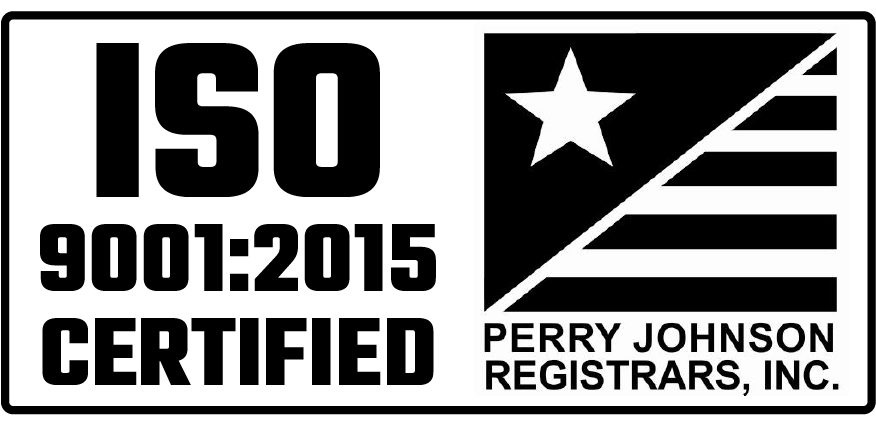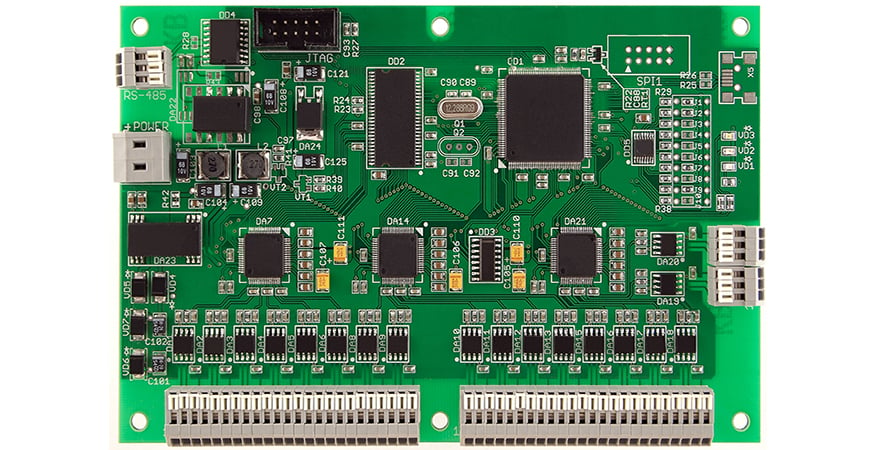Certain electrical projects may call for complex circuitry that needs to fit in a small space. Take your cell phone, for example. An immense amount of information gets processed by a device made to fit within the palm of your hand, and it’s all possible because of printed circuit boards (PCBs). But PCBs aren’t just for cell phones! They can be used in designs for heavy equipment, ticket redemption games, medical devices, and much more.
A custom PCB features small electronic components and strips of conductive material, such as copper, printed onto a piece of insulated material; it’s used to integrate circuits and other electrical components while saving space, regardless of the complexity of the component.
Understanding the application is critical, and, as with any electrical component, there are pros and cons to using custom PCBs in your electrical design:
Pros of Custom PCBs
- Space-saving, condensed circuitry
- Automated production reduces labor costs and increases repeatability, accuracy, and quality
- Labor-saving installation, replacement, and servicing
- Direct printing legends eliminates the need for decals
- Integrated LED lights provide at-a-glance verification of functionality
Cons of Custom PCBs
- Initial design time and tooling required
- Difficult to revise multiple times
- High amperage can ruin the PCB
- Enclosures used to protect the PCB from the working environment can make troubleshooting difficult
- PCB technology changes so rapidly that, within two years, components in a PCB design can become obsolete and expensive to repair or replace
Based upon their pros and cons, custom PCBs are well-suited for high-volume applications that don’t change often. Once the initial design and tooling are finished, production can be very inexpensive, and you can be confident each PCB will be identical. If your electrical design will be revised frequently, or your volumes won’t realize a return on design and tooling costs, a custom PCB might not be the appropriate solution.
Seeing is Believing
In the example below, the control box on the left doesn’t include a custom PCB. The control box on the right is the same component after MCL helped the customer redesign it to include a custom PCB.

By making the switch to a custom PCB the redesigned component is less cluttered, making it easier to troubleshoot malfunctioning controls. Fewer wires in this particular assembly also means less labor and reduced risk of error, both of which directly contribute to lower manufacturing costs and higher quality.
Custom PCBs can make assemblies smaller, more organized, lower cost, higher quality, and easier to service – a boon for OEMs faced with tricky challenges, like the MCL customer that needed a solution for assembly components that would disconnect while the equipment was in operation. Learn more about the project and how we helped in our case study, A Collaborative Approach Leads to Enhanced Safety, Quality, and Quick Delivery. Click the button below to access your copy now.





